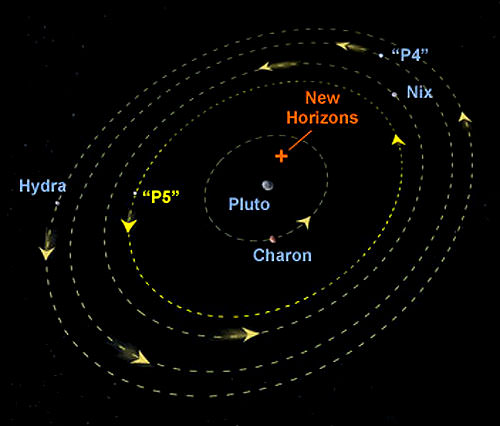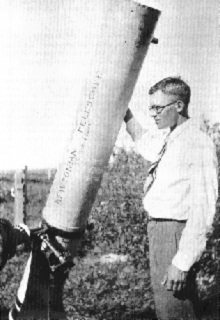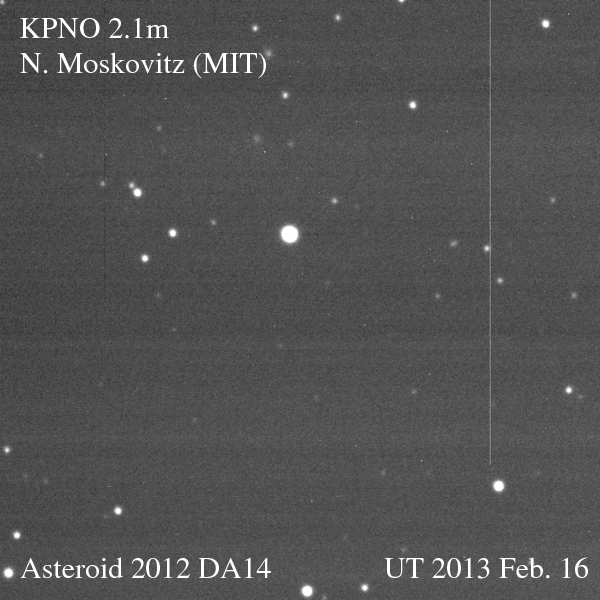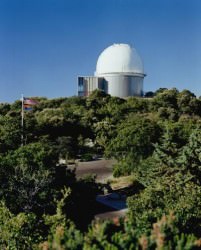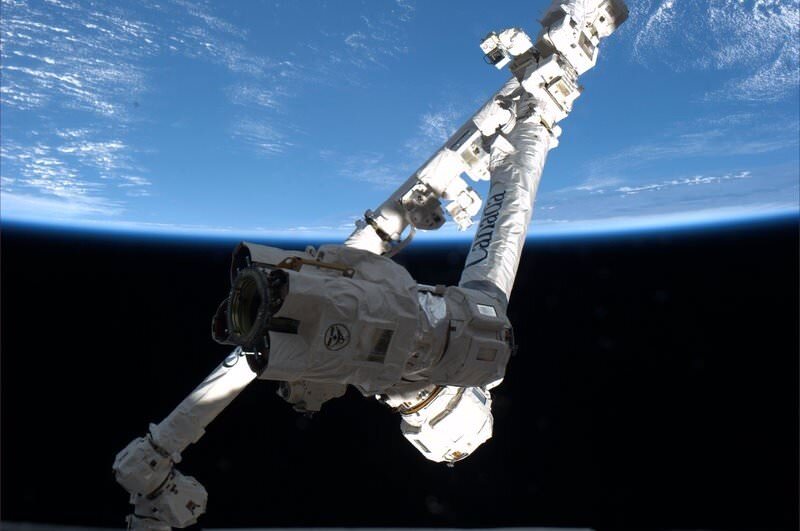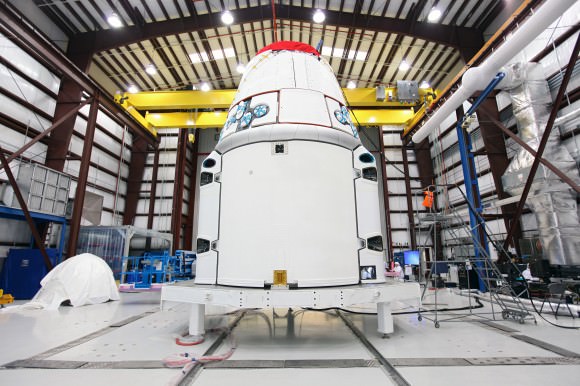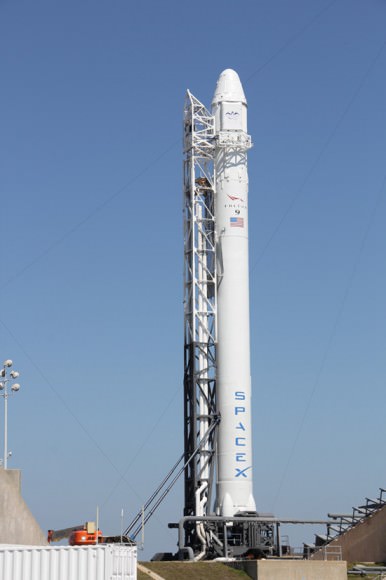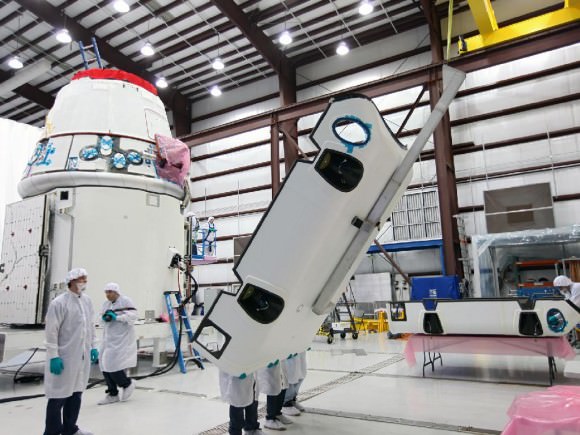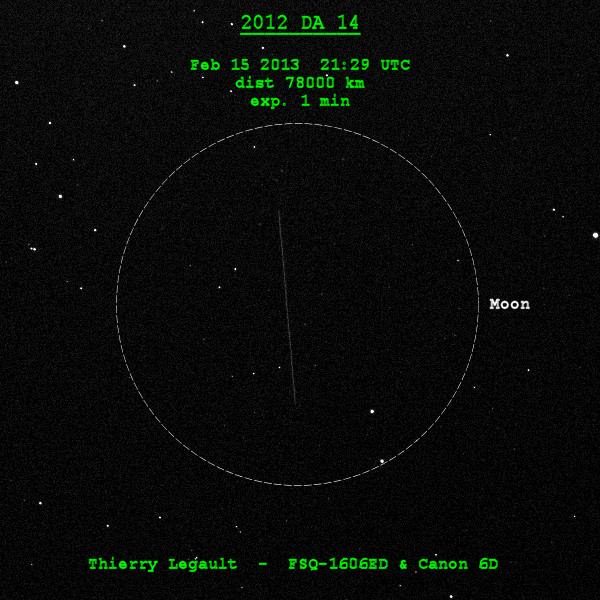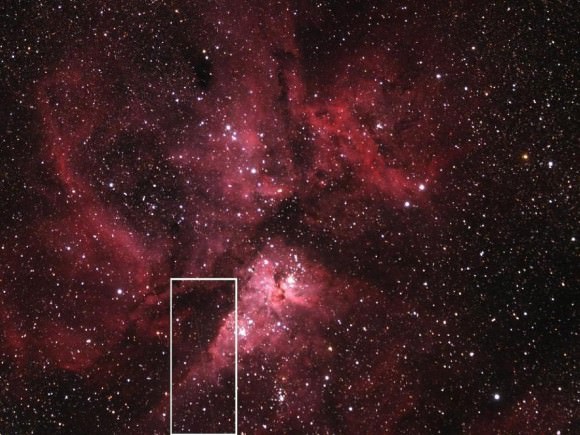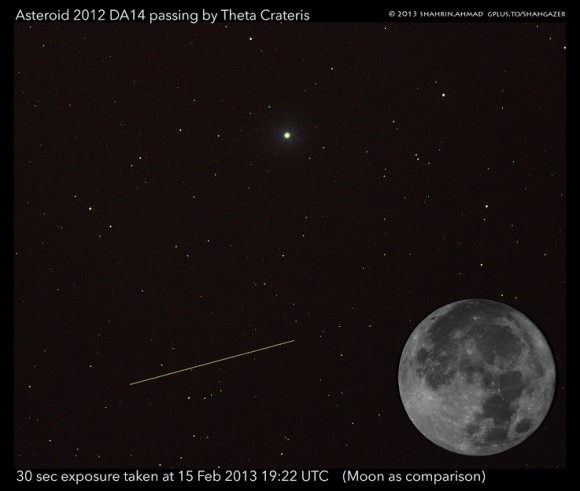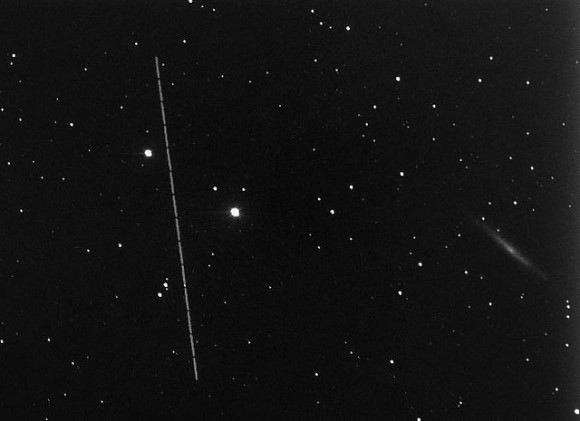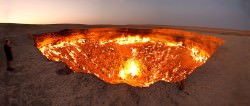Stretching across three light years of space and located about 3,000 light years away in the direction of the constellation of Musca, an incredible and rather understudied planetary nebula awaits a new hand to bring out new light. While most planetary nebula have a rather normal, bloated star look, NGC 5189 shows an extraordinary amount of loops and curls not normally seen in objects of its type. Just what is going on here?
This incredibly detailed image comes from the one and only Robert Gendler and was assembled from three separate data sources. The detail for the nebula is from Hubble Space Telescope data, the background starfield from the Gemini Observatory/AURA and the color data from his own equipment. Here we see fanciful gas clouds with thick clumps decorating them. Intense radiation and gas streams from the central dying star in waves, fashioning out hollows and caves in the enveloping clouds. While these clumps in the clouds may appear as wispy details, each serves as a reminder of just how vast space can be… for each an every one of them is about the same size as our Solar System.
“The complex morphology of this PN is puzzling and has not been studied in detailed so far. Our investigation reveals the presence of a new dense and cold infrared torus (alongside the optical one) which probably generated one of the two optically seen bipolar outflows and which might be responsible for the twisted appearance of the optical torus via an interaction process.” says L. Sabin (et al). ” The high-resolution MES-AAT spectra clearly show the presence of filamentary and knotty structures as well as three expanding bubbles. Our findings therefore suggest that NGC 5189 is a quadrupolar nebula with multiple sets of symmetrical condensations in which the interaction of outflows has determined its complex morphology.”
And just as incredibly large as some things can be – others can be as small. At the heart of NGC 5189 shines the tiny light of its central star… no bigger than Earth. It wobbles its way through time, rotating rapidly and spewing material into space like a runaway fire hydrant. Astronomers speculate there might be a binary star hidden inside, since usually planetary nebulae of this type have them. However, only one star has been found at the nebula’s center and it might be one very big, very bad wolf.
“Around 15% are known or suspected binaries, while the remaining 18% are non-emission line nuclei which require further study. Selecting for LIS (low ionization structures) therefore will give a mix of mostly binary and emission line nuclei which will require further observations to separate.” explains B. Miszalski (et al). “Almost all the [WR] CSPN in the sample belong to the hot [WO] type that have more extreme and chaotic LIS covering their entire nebulae, presumably due to turbulence from the strong [WR] winds disrupting pre-existing LIS.”
Just why is this celestial tapestry so complicated and complex? The answer isn’t a simple one – it’s one that has many plausible theories. We know that when a star similar to the Sun expends its fuel, it will begin to shed its outer layers… layers which normally take on very basic shape. These “normal” shapes are usually a sphere, sometimes a double lobe and at times it can be a ring or helix. However, NGC 5189 just doesn’t follow rules. Over time, researchers have speculated it has given off different outlfows at different stages – one prominent as a very visible torus situated around mid-point in the structure – consistent with the theory of a binary star system with a precessing symmetry axis. Still, there is clearly more research needed.
“Our preliminary results of a comparative spectroscopic study of these two objects shows that the chemical composition of the two nebulae is completely different, even though their morphology is most probably quite similar.” says VF Polcaro (et al). ” In addition, the PN appears much more chemically homogeneous. These features are clearly associated with the evolutionary paths of the stars.”
“The striking broad emission line spectroscopic appearance of Wolf-Rayet (WR) stars has long defied analysis, due to the extreme physical conditions within their line and continuum forming regions.” explains Paul Crowther. “Theoretical and observational evidence that WR winds depend on metallicity is presented, with implications for evolutionary models, ionizing fluxes, and the role of WR stars within the context of core-collapse supernovae and long-duration gamma ray bursts.”
Is NGC 5189 the handiwork of a binary star? Or is it the product of an intensely hot Wolf-Rayet? Like the proverbial Tootsie Pop equation… the world may never know.
Many thanks to Robert Gendler for sharing this incredible image with us.


